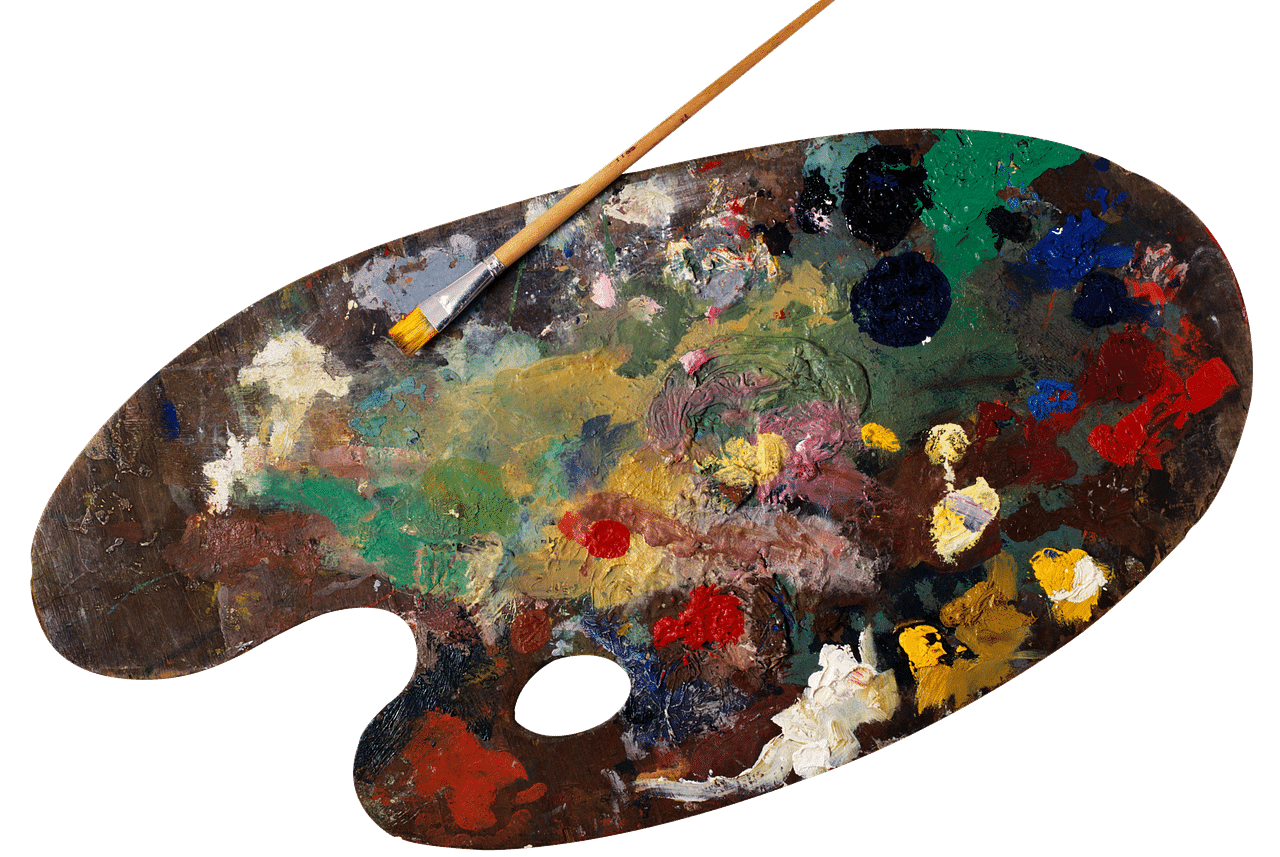
Something polychrome presents different colors.
Polychrome is an adjective that describes something that has different colors . The action of adding many colors to an object, on the other hand, is called polychromatic .
In order to understand the meaning of the term, which can also be found with an accent on the I ( polychrome ), it is necessary to determine its etymological origin. In this sense, it must be stated that it is a word derived from Greek that means "of many colors" and that it is formed by the sum of two components:
- Poli , which can be translated as “many” .
- Khromos , which is synonymous with “color” .
How to make something polychrome
The discipline that consists of the development of ornamentation through the application of colors is known as polychromy . This technique can be carried out on a construction, a monument or another body.
There are various ways to make something polychrome. Although the traditional way consists of using different paints , it can also be polychrome through tiles, marbles and other objects.

If different paints are used, a polychrome work can be created.
Origins of the techniques
Polychrome developments have been present since ancient times. The Egyptians, the Chaldeans and the Assyrians, among other peoples, used different techniques to decorate their palaces, sanctuaries and images with different colors.
It should not be overlooked that the Greeks were a civilization that became pioneers and leaders in polychromy. And they opted for it to give personality, charm and beauty to their constructions and buildings of all kinds.
The Romans, for their part, followed this trend and, in their case, opted, above all, to capture that trend both in the columns and in the development of the mosaics.
During the Romanesque and Gothic periods, the use of polychrome materials and techniques was also very important within art in general. Hence, for example, this can be seen both in the vaults of different buildings and in the stained glass windows of many churches.
There are many examples of works of art that follow this trend and some of them are, for example, the statues that exist in the Church of Santa María de Piasca , which are Romanesque in style and found in Cantabria . And that is something that was also extended, developed and perfected during the Renaissance period.
Polychrome vs. monochrome
The opposite of polychrome is monochrome : thus, while polychrome exhibits more than one color , monochrome only has one tone. A polychrome creation can become monochrome over time, when its colors are lost through erosion and deterioration.
The restoration of artistic works, in this sense, usually has the purpose of recovering the polychrome condition of the creations. In this way, specialists seek to ensure that the colors that could be seen in the original work and that lost their tone over time, are visible again. Their job consists of recovering the original appearance of the work , and not applying new colors just for the sake of coloring the painting or sculpture in question.
